How You Challenged The Status Quo At Work

Tell us about a time when you took a risk at work that paid off?
Share your story with Challenge. Send your entry to psd_challenge@psd.gov.sg
The most exciting entry will receive a prize worth $100. All other published entries will win vouchers worth $30 each. Please include your name, agency email address, agency and contact number.
All entries should reach us by March 28, 2017

Huang Kaili, MOE
Part of my work involves looking at subsidies for students. For some students, the subsidies are insufficient to guarantee them access to education. I feel strongly that all students should have equal access to education, and that the subsidy should be increased for this affected group. However, my bosses were reluctant. So, I persuaded them one by one. I did my research. I met with stakeholders multiple times. I had tough conversations and tense exchanges with my bosses (they were very patient with me). I re-wrote submissions that they challenged. I looked for opportunities to keep the conversation going. I gave my bosses space as they mulled over it. A year later, my bosses are with me as we send our proposal to senior management for approval to increase the subsidy.
Congratulations, Kaili! You win vouchers to Mega Adventures at Sentosa so you can satisfy your daring spirit and continue to challenge yourself and others.
Muhammad, MOE
I have twice tried to challenge the number of workbooks we use to teach a certain subject. I really had to speak up because I believe children should not be piled up with homework. We had exciting discussions but they ended the same way: everyone else is doing it, just listen to your boss. Although disappointed by the resistance, I am glad I tried. I was given the chance and time to air my views, and I came away with new insights: 1) It might take time for people to see the reasons for doing things, myself included. 2) Better to have tried and failed than to have never tried at all.
Koh Shixin, MCCY
My ministry looks after several domains, including the sports and the arts. As the current era of governance values cross-domain pollination and collaboration, I thought: what would the intersection of these two big domains look like? I had an answer, and at the request of my ministry’s Welfare Committee, gamely presented it at our Dinner & Dance last year. I, a guy, performed a pole dance item. But it was no sabai sabai à la Patpong style. My performance was a fairly athletic one (to the encouraging tunes of “Flashlight” by Jessie J and “Let It Go” from Frozen). Pole dance is like any other type of dance – both a sport and an art. My performance also challenged the stereotype that most pole dancers are women. After my performance, the emcee remarked, “I had never thought that guys can pole dance.” From the applause, I think the audience agreed too.
Kenneth Lim, GovTech
Why should the public sector be satisfied with using 2-D location data? That led my team to propose, in 2013, the use of 3-D location data. We went to forums on government and geospatial data to get support. There, we saw that agencies were exploring the use of 3-D location data, but with different standards, data and systems. So we looked for an open, inter-operable standard that we could all adopt. Eventually, the NRF, SLA and GovTech pushed for the Virtual Singapore programme to create a 3-D “digital twin” of Singapore, centralise data, and encourage the adoption of the inter-operable standard and collaboration across agencies.
- POSTED ON
Apr 4, 2017
-
Your Say
Taking Risks At Work




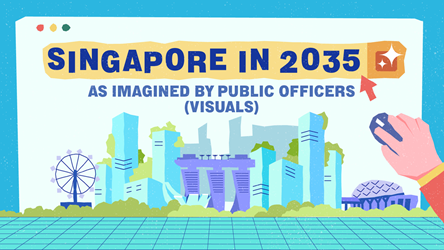
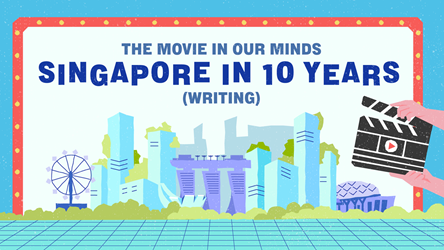
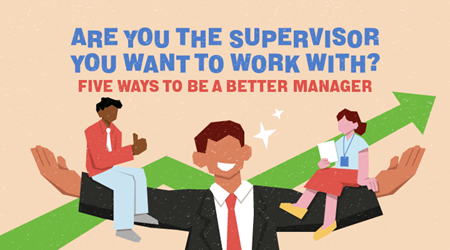
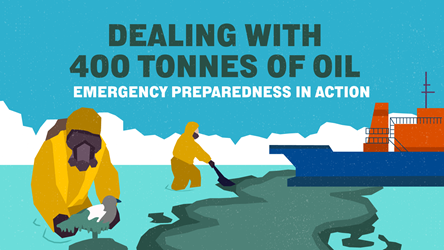
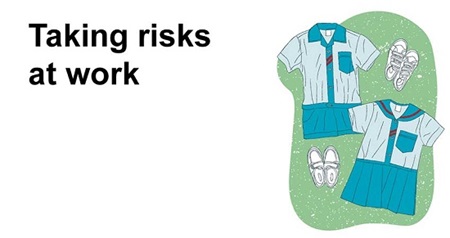
.tmb-tmb450x250.jpg)